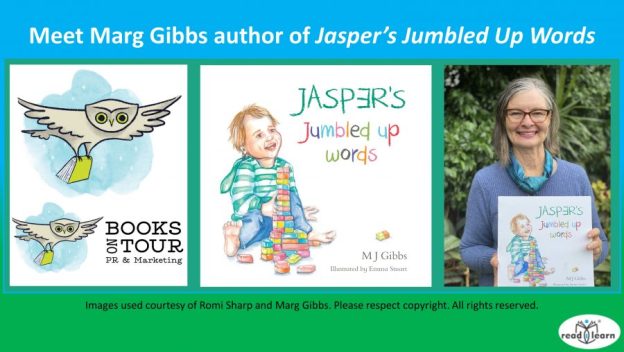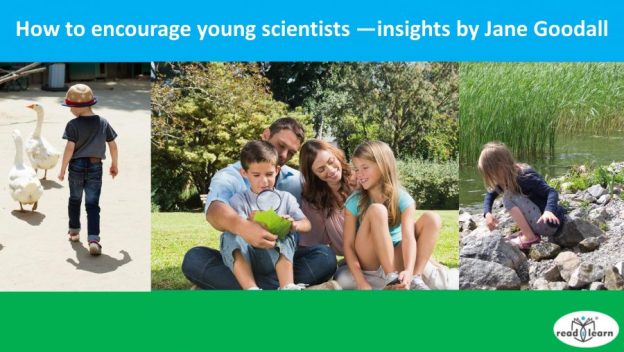
Neil Armstrong walks on the moon, NASA
It is no secret that I love having time with young children. Their development constantly amazes me. They are curious learners on a quest to find out as much as they can about the world and how it works. They are scientific researchers making observations, forming hypotheses, and drawing conclusions; always with a plan for the next step if the results aren’t what was expected.
How many times do they need to release a spoon to be confident that it will always be pulled towards the floor? How early do they laugh when something doesn’t perform as expected; for example, when a balloon floats up instead of falling down?
Many of a young child’s explorations seek answers to questions they ask of themselves; questions that may never be verbalised.

After they have investigated their immediate environment, and their language begins to develop, they start to look at the wider world, and begin to ask questions about how things work and why things happen.
Here are a couple my granddaughter asked me recently:
“Norah, you know about gravity? Why do clouds stay up in the air? Why don’t they fall down?”
“If babies grow into adults, and adults give birth to babies. Which came first the baby or the mother?”

The determination and persistence of young children is also almost limitless. Watch them learning to roll, or to sit, or to stand. It is never achieved on the first attempt, but that doesn’t stop them. They don’t give up. They try and try again until they do it. The look of satisfaction on their faces is priceless. No stickers are required. Sometimes, when the result differs from expectation, the look is of surprise. But even then they are quickly deciding what to do next.
Without formal instruction of any kind, in their first few years, children perform amazing feats. Without the imposition of test requirements or standardised assessment, children are driven to learn. Intrinsic rewards, accompanied by the encouragement of significant others, for example, parents, are sufficient. Children are driven by a “yet” mindset and a belief that there is no such thing as “can’t”. This ensures they continue to practice until they succeed. Immediately they succeed, they set themselves another challenge. That is, unless they are taught otherwise.
When they are nurtured in an environment that is encouraging and supportive, with a balance of comfort and challenge, and well-timed feedback, children will thrive physically, emotionally, and mentally. They will learn through their observations and interactions with people and objects. Each question answered will stimulate the next.
These are just a few of the remarkable achievements made by children before setting foot inside any formal education establishment. They learn to
- interact
- roll over
- sit up
- crawl
- clap hands
- stand
- walk
- place things inside, and take things out of, other objects
- feed oneself
- talk
- run
- undo and do up buttons
- push buttons (of all sorts)
- open doors
- play games
- …
Given an encouraging, supportive environment with caring adults who respond to their needs, surround them with language, love them, and model behaviour, children learn amazing things.
This week at The Carrot Ranch Charli Mills challenged writers to In 99 words (no more, no less) write a story about an amazing feat. My response is a tribute to the amazing feats performed by little ones every day.
One small step
Everything she had ever done was preparation for this moment. All eyes were on her. The audience’s expectation was palpable, bolstering her determination. She pulled herself up to full height and looked around, smiling. The audience waited. She checked the positioning of her feet, and her balance. She held up one hand, signifying that an attempt was imminent. She put one foot forward; then raised the other hand as she brought her back foot alongside the first. She paused, poised, momentarily. Immediately cameras clicked and cheers erupted. After two more steps, she launched, triumphant, into her father’s waiting arms.
Here are photos of my two little (now big) ones. While not of their first steps, these photos were taken within the first month each of them walked.

© Norah Colvin

© Norah Colvin

Thank you for reading. I appreciate your feedback. Please share your thoughts.










